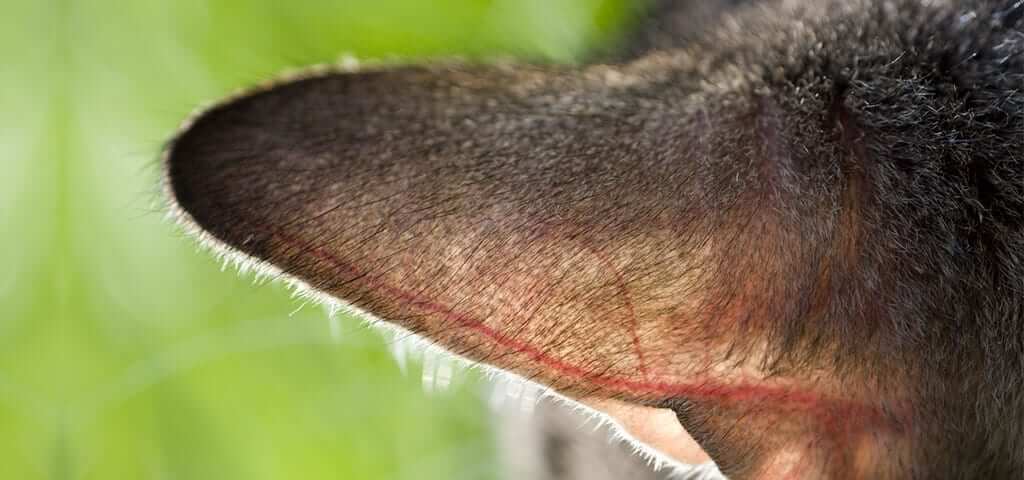Wow, since my last ‘Ask Dr. Joi’s newsletter, I have received dozens and dozens of questions from the great readers of our newsletter. And I love interacting with all of you! I grabbed a few more questions to share with you. I always believe that if one person is asking a question, the odds are really, really good that many others have the same or similar questions. Just like the pet owners that submit these questions, I am hopeful that you can also learn something from them too! Here it goes:
Question: Do I have to use the same kind of lancet that came with my lancing device when I got my glucose meter?
Answer: Nope. Lancets are mostly universal for any lancing device. While they may offer different gauge needles from one lancet to another, the lancets with a round-barrel design will usually have a universal fit with most lancing devices. As far as the depth of the poke, it is the lancing device that determines how deep the lancet goes. Most lancing devices have a mechanism to adjust the depth. The depth of the poke depends on how readily a diabetic pet bleeds.
Question: I swear my cat is a turnip! Where is the best place to get blood for checking blood glucose for cats?
Answer: My favorite spot to get blood for a glucose test from a cat is from the marginal ear vein. If you shine a flashlight through the ear flap, this vein is very evident! If your kitty is a real fuzz bucket, you might ask your vet to take clippers to the fur on the outside of the ear so that it doesn’t wick away the blood after you use your lancing device. Your cat will forgive you for the bad hairdo when the diabetes is regulated. Do warm the site first. I send a little sock of uncooked rice home with all my diabetic patients. It can be warmed in the microwave for a few seconds before attempting to get blood from a pet as the warmth increases blood flow. Hold the warmed sock of uncooked rice next to the blood collection site for maybe half a minute before using the lancing device. The warmth causes vasodilation and your turnip will bleed more easily!
Question: We take our dog up to the mountains several times each winter. Our vet said she is well regulated when he ran her last glucose curve. She eats the same amount of the same food, and we give her usual insulin dosage when we go on these trips, but she doesn’t seem quite right when we are up in the snow. Now that she is back, she is again back to normal. Any ideas?
Answer: There are a couple possibilities here. If she is outside playing in cold weather she may not be absorbing her insulin as well as usual. This could cause her blood glucose to be high. Of course if she is inside snuggling by fire, this probably isn’t the case. Or, if she is out having a grand old time, frolicking in the snow she might become hypoglycemic from the increased exercise. Exercise lowers the blood glucose. Stress, too, can affect blood glucose levels. I suppose the best way to understand would be to check her blood glucose. That’s the beauty of blood glucose meters—they are portable and give real-time answers that can influence your pet’s treatment right then.
You know I like hearing from our readers. Don’t hesitate to email me at joi.suttondvm@adwdiabetes.com.
NOTE: Consult your veterinarian first to make sure my recommendations fit your pets special health needs.







Do you lance the actual vein or the small area between the vein and the edge of the ear? (for cat)
You have a better chance of getting blood if you manage to nick the tiny marginal ear vein. However, you can get blood anywhere on the ear. Be sure to warm the ear prior to using the lancet. My own kitty is like bleeding a turnip if I don’t warm the ear prior to using the lancing device. I use a little sick of uncooked rice that I warm in the microwave for 20 seconds.